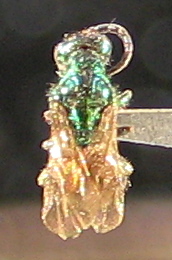
Native Bee Inventory and Monitoring Lab; Photographer: Josh · 9
Cleptes speciosus, top |
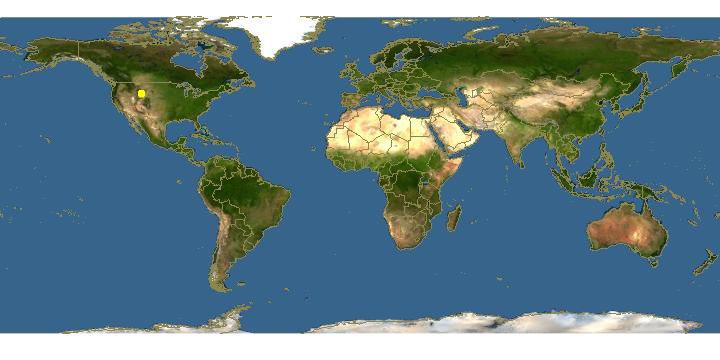
Click on map for details about points.
|
80x5 -
240x3 -
240x4 -
320x1 -
320x2 -
320x3 -
640x1 -
640x2
Set display option above.
Click on
images to enlarge. |
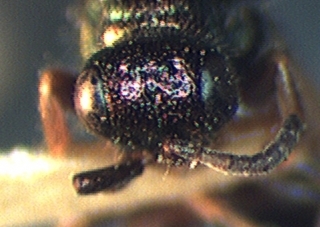
Native Bee Inventory and Monitoring Lab; Photographer: Erika Tucker · 1
Cleptes speciosus, face |
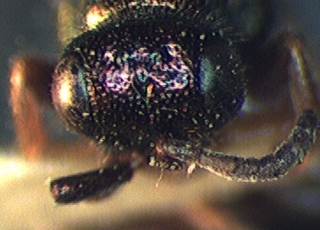
Native Bee Inventory and Monitoring Lab; Photographer: Erika Tucker · 1
Cleptes speciosus, face |
|
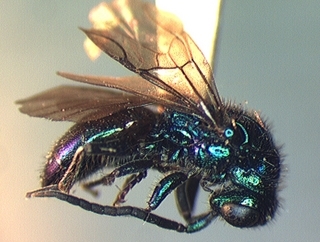
Native Bee Inventory and Monitoring Lab; Photographer: Erika Tucker · 1
Cleptes speciosus, male, side |
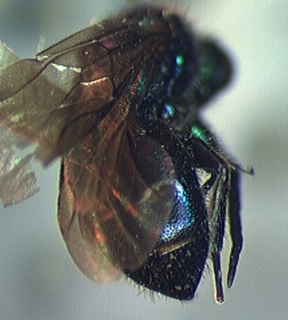
Native Bee Inventory and Monitoring Lab; Photographer: Erika Tucker · 1
Cleptes speciosus, male, abdomen |
|
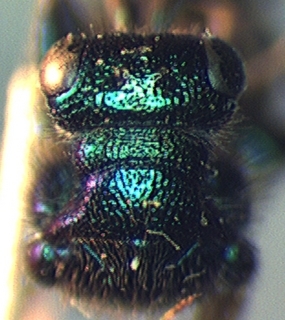
Native Bee Inventory and Monitoring Lab; Photographer: Erika Tucker · 1
Cleptes speciosus, male, thorax |
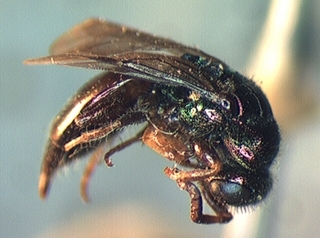
Native Bee Inventory and Monitoring Lab; Photographer: Erika Tucker · 1
Cleptes speciosus, female, side |
|
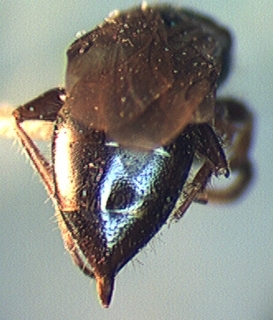
Native Bee Inventory and Monitoring Lab; Photographer: Erika Tucker · 1
Cleptes speciosus, tail |
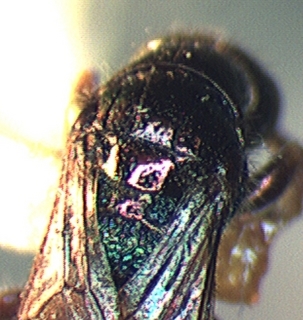
Native Bee Inventory and Monitoring Lab; Photographer: Erika Tucker · 1
Cleptes speciosus, female, thorax |
|
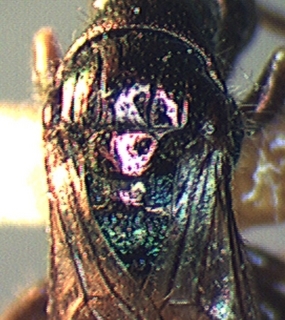
Native Bee Inventory and Monitoring Lab; Photographer: Erika Tucker · 1
Cleptes speciosus, thorax |
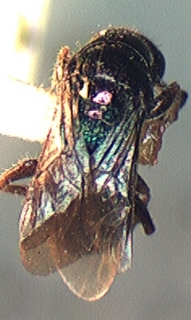
Native Bee Inventory and Monitoring Lab; Photographer: Erika Tucker · 1
Cleptes speciosus, top view |
|
Overview |
Taken from:
R. M. Bohart and L. S. Kimsey. 1982. A Synopsis of the Chrysididae in America North of Mexico.
Discussion: Female C. speciosus are readily distinguished by their bronzy coloration. Males, however, are easily confused with male alienus and can be distinguished by their greener head and thorax. This color characteristic is often variable and unless more reliable external characteristics can be found males are best identified by association with females. This species appears to be restricted to states west of the 100th meridian.
Host: Dr. U. Smith (1962) reported this species (as provancheri) as a parasite of Neodiprion sp. (Diprionidae)
Material examined: 132 males, 84 females including type. The majority of these were collected by J. MacSwain at Leland Meadows, Tuolumne Co., California.
Distribution: CALIFORNIA: San Luis Obispo, Tuolumne, Orange, Yolo Napa, Lassen, Los Angeles, Monterey, Nevada, Modoc, Placer and Alameda Counties; UTAH; COLORADO; OREGON; WASHINGTON; NORTH DAKOTA: SOUTH DAKOTA; ALBERTA; BRITISH COLUMBIA; SASKATCHEWAN; NEW YORK. Collection dates are May through September.
|
|
| Supported by | |
Updated: 2024-04-26 08:54:58 gmt
|